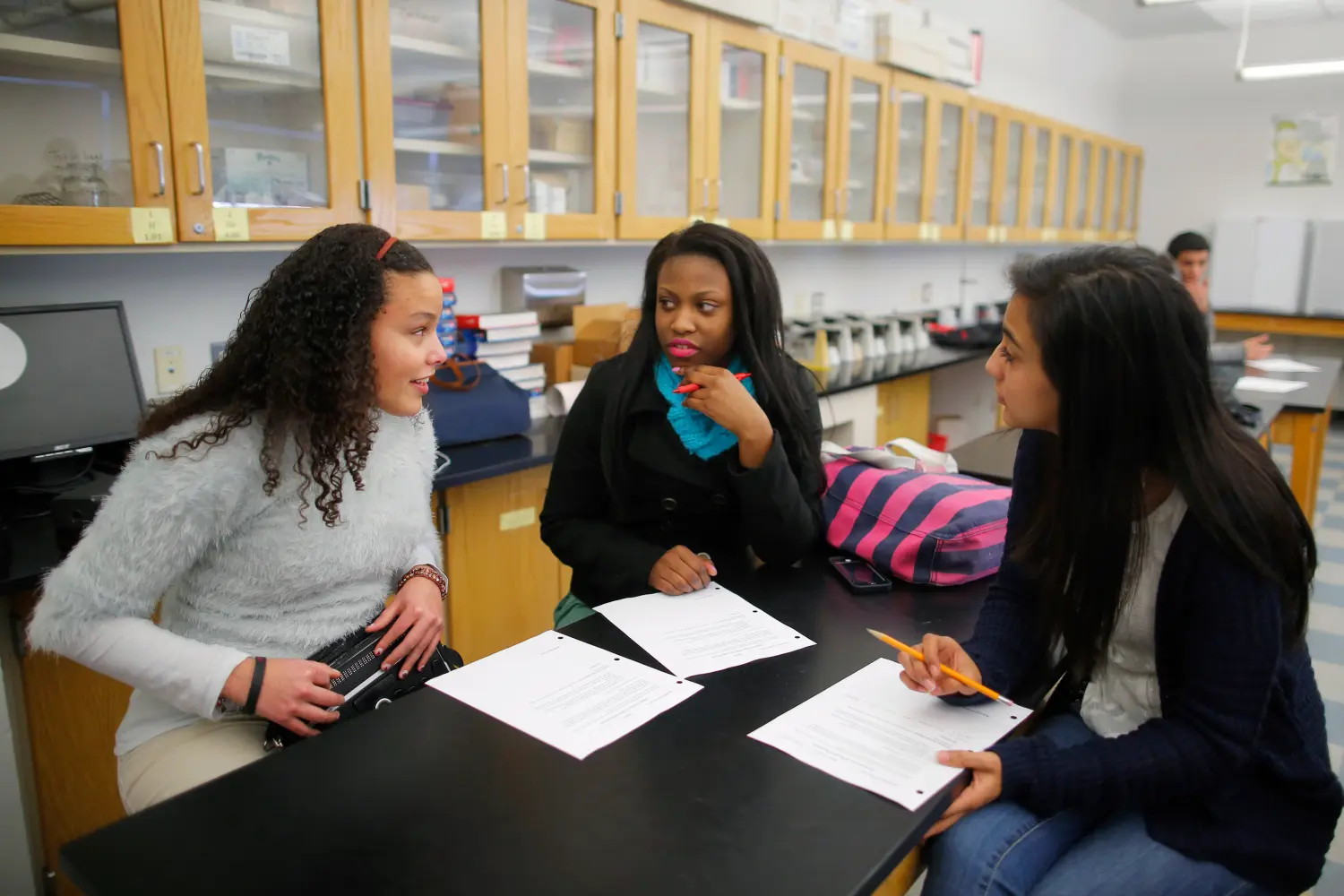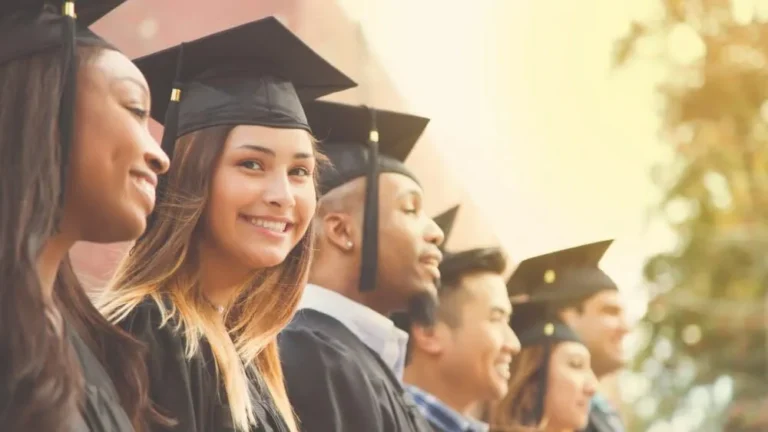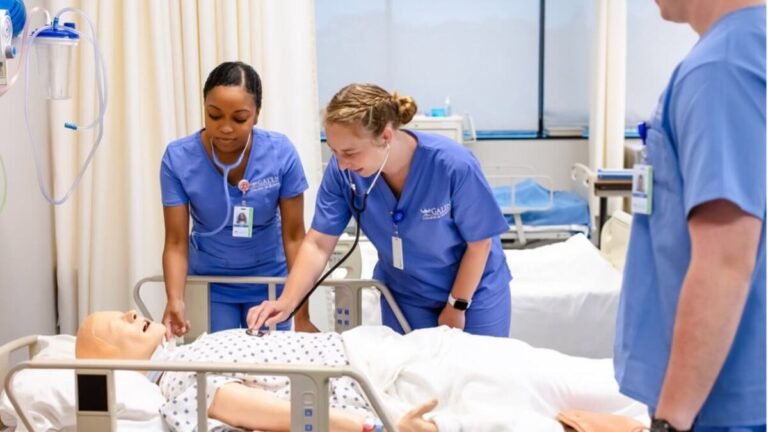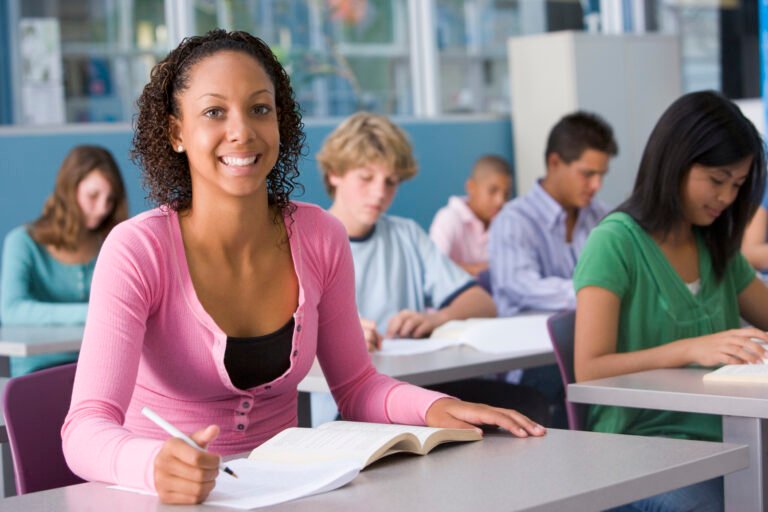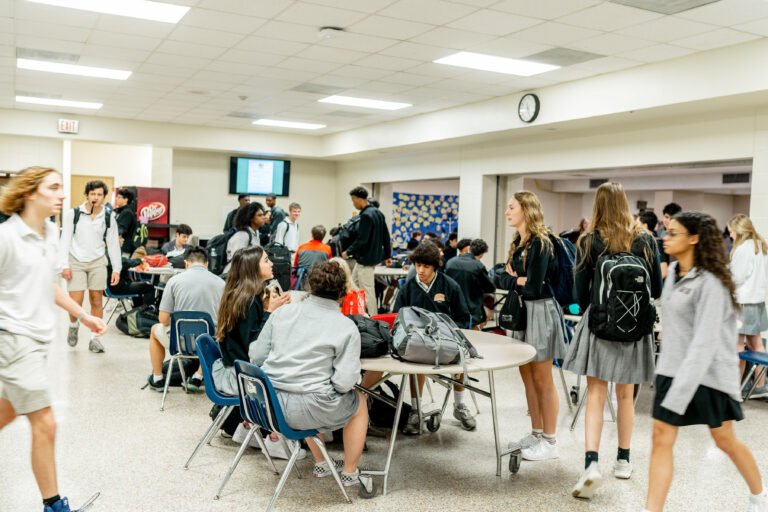Understanding the Student Population in US Public High Schools
Public high schools in the United States serve a diverse student population, with students coming from various racial, ethnic, and cultural backgrounds. According to the National Center for Education Statistics, the majority of public high school students are White, followed by Hispanic, Black, and Asian students. Additionally, there is a growing population of students from multiracial backgrounds, reflecting the increasing diversity in the country. In terms of gender, public high schools typically have an equal distribution of male and female students. The demographics of the student population can vary significantly from one region to another, with urban schools often having a more diverse student body compared to rural schools.
The demographics of the student population in public high schools also reflect the changing immigration patterns in the United States. Many public high schools have a significant number of students who are English language learners, requiring additional support to succeed academically. Furthermore, there is a growing number of students from low-income families attending public high schools, which can impact their access to resources and support services. Understanding the demographics of the student population is crucial for educators and policymakers to address the unique needs and challenges of each group of students.
Socioeconomic Backgrounds of Students
The socioeconomic backgrounds of students in public high schools play a significant role in shaping their educational experiences and outcomes. Students from low-income families often face barriers to academic success, including limited access to resources such as tutoring, test preparation, and extracurricular activities. Additionally, students from low-income backgrounds may also experience food insecurity, housing instability, and lack of access to healthcare, which can impact their ability to focus on their studies. On the other hand, students from higher-income families may have access to more educational opportunities and support services, giving them an advantage in the academic setting.
The socioeconomic backgrounds of students also influence their post-secondary aspirations and opportunities. Students from low-income families may have limited access to college counseling and financial aid resources, making it challenging for them to pursue higher education. On the other hand, students from higher-income families may have more support in navigating the college application process and securing scholarships or financial aid. Addressing the socioeconomic disparities among students in public high schools is crucial for promoting equity and ensuring that all students have an equal opportunity to succeed academically and pursue their goals.
Diversity and Multiculturalism in Public High Schools
Public high schools in the United States are increasingly diverse and multicultural, reflecting the country’s rich tapestry of racial, ethnic, and cultural backgrounds. This diversity brings a wealth of perspectives and experiences into the classroom, enriching the learning environment for all students. Educators in public high schools have a unique opportunity to foster an inclusive and multicultural learning environment that celebrates diversity and promotes understanding among students from different backgrounds.
In addition to racial and ethnic diversity, public high schools also serve students from various religious and linguistic backgrounds. This diversity presents both opportunities and challenges for educators, as they work to create an inclusive environment where all students feel valued and respected. Furthermore, public high schools often implement multicultural education programs to promote awareness and understanding of different cultures, histories, and traditions. These programs help students develop empathy and cultural competence, preparing them to thrive in a globalized world.
Academic Achievement and Performance
Academic achievement and performance are key indicators of success for students in public high schools. Students’ performance on standardized tests, graduation rates, and college readiness are often used to assess the effectiveness of public high schools in preparing students for post-secondary education and the workforce. However, academic achievement is influenced by various factors, including socioeconomic status, access to resources, teacher quality, and school climate.
Public high schools face the challenge of addressing achievement gaps among different groups of students, particularly those from low-income families and minority backgrounds. Educators and policymakers work to implement strategies to support struggling students and provide them with the resources they need to succeed academically. Additionally, public high schools often offer advanced placement courses, dual enrollment programs, and career and technical education opportunities to challenge high-achieving students and prepare them for future success.
Special Education and Individualized Learning
Public high schools are committed to providing a quality education for all students, including those with special needs or disabilities. Special education programs in public high schools aim to support students with individualized learning plans, ensuring that they receive the accommodations and services they need to succeed academically. These programs may include specialized instruction, assistive technology, speech therapy, occupational therapy, and counseling services.
Individualized learning plans are designed to address the unique learning styles and needs of students with disabilities, allowing them to access the general education curriculum while receiving additional support. Public high schools also work to create an inclusive environment where students with disabilities are fully integrated into the school community and have opportunities to participate in extracurricular activities and leadership roles. Educators in public high schools play a crucial role in advocating for students with disabilities and ensuring that they receive a quality education that prepares them for future success.
Extracurricular Involvement and Student Engagement
Extracurricular involvement is an integral part of the high school experience for many students, providing opportunities for personal growth, skill development, and social connections. Public high schools offer a wide range of extracurricular activities, including sports teams, academic clubs, performing arts groups, community service organizations, and student government. These activities allow students to explore their interests, develop leadership skills, and build relationships with their peers.
Student engagement in extracurricular activities has been linked to positive outcomes such as improved academic performance, higher graduation rates, and enhanced social-emotional well-being. Public high schools work to create a supportive environment that encourages student participation in extracurricular activities and provides them with the resources they need to pursue their interests. Additionally, extracurricular involvement can help students develop important life skills such as time management, teamwork, and resilience, preparing them for success beyond high school.
Read Also: From Monday to Friday: Exploring the Typical School Week for Students in the USA
Challenges and Opportunities for Public High School Students
Public high school students face a range of challenges as they navigate their educational journey, including academic pressures, social dynamics, mental health concerns, and post-secondary planning. Educators in public high schools work to address these challenges by providing support services such as counseling, academic advising, mental health resources, and college readiness programs. Additionally, public high schools strive to create a safe and inclusive environment where all students feel valued and supported.
Despite these challenges, public high school students also have access to numerous opportunities for personal growth and academic success. From advanced placement courses to career exploration programs to leadership development opportunities, public high schools offer a wide range of resources to help students thrive. Furthermore, public high schools play a crucial role in preparing students for post-secondary education or entering the workforce by providing them with the knowledge, skills, and experiences they need to succeed in their future endeavors.
Conclusion
Public high schools serve a diverse student population with unique needs and aspirations. By understanding the demographics of the student population, addressing socioeconomic disparities, promoting diversity and multiculturalism, supporting academic achievement and individualized learning, encouraging extracurricular involvement, and addressing challenges while providing opportunities for growth, public high schools play a vital role in shaping the future success of their students. Through collaboration between educators, policymakers, families, and communities, public high schools can continue to provide a quality education that prepares all students for success in an ever-changing world.

